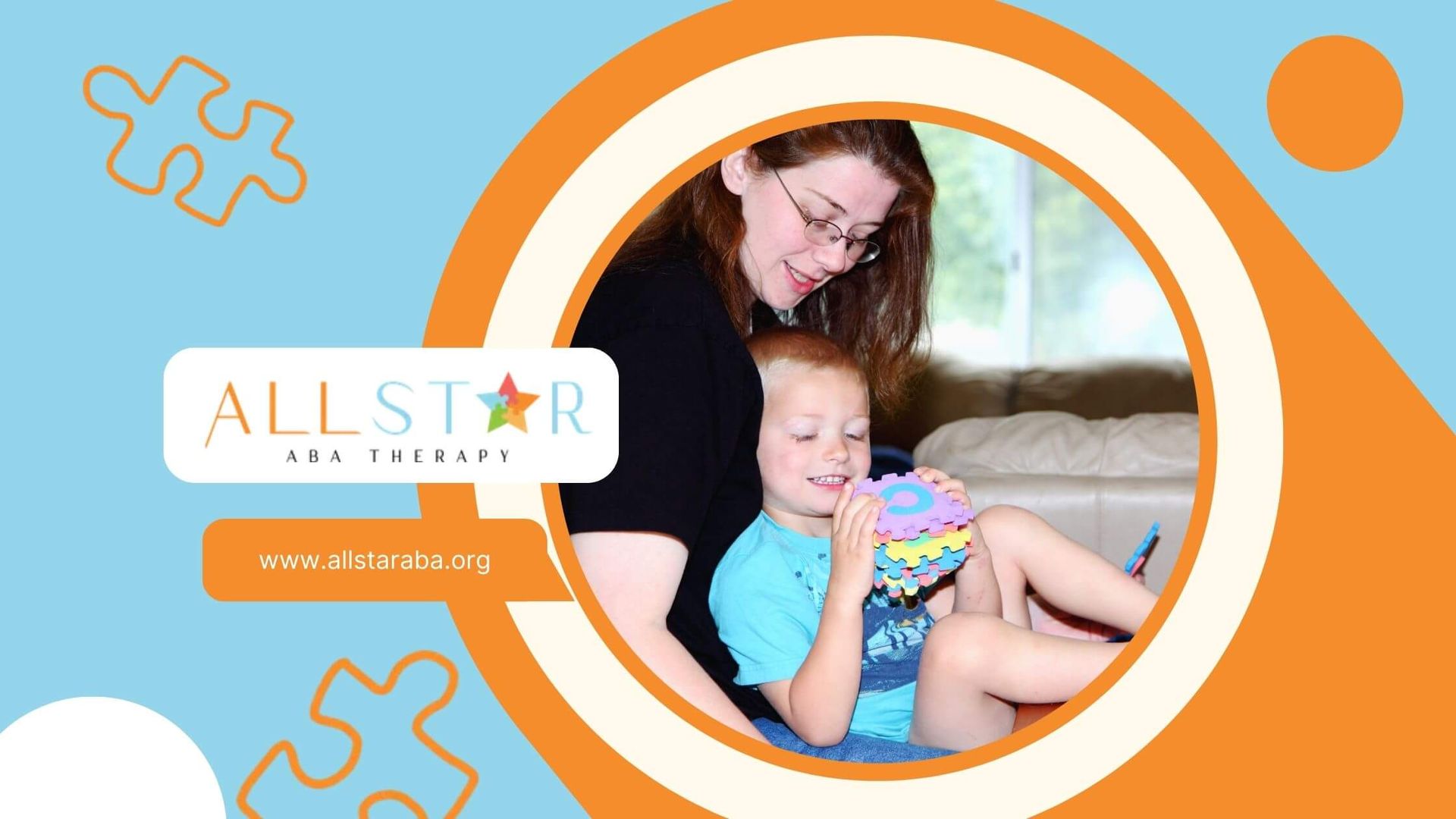New Paragraph
Stimulus Control Transfer in ABA: Promoting Generalization in Autism
Stimulus Control Transfer in ABA Therapy
Applied Behavior Analysis (ABA) therapy is a cornerstone in the treatment of autism spectrum disorder (ASD). One of its key components is stimulus control transfer, a crucial process in helping individuals with autism generalize learned behaviors to new environments and situations. In this blog post, we will delve into what stimulus control transfer is, its importance, and how it is implemented in ABA therapy to aid parents, caregivers, and educators in supporting children with autism.
What is Stimulus Control Transfer?
Defining Stimulus Control
Stimulus control occurs when a specific behavior is triggered by a particular antecedent or environmental cue. For example, a child may learn to sit quietly when a teacher gives a specific signal. This relationship between the stimulus and the response is critical in behavior modification.
Understanding Stimulus Control Transfer
Stimulus control transfer refers to the process of transferring the control of a behavior from one stimulus to another. This is essential for generalizing learned behaviors across different contexts, environments, and people. For instance, a child who has learned to respond to a prompt from a therapist should also respond to similar prompts from a parent or teacher.
The Importance of Stimulus Control Transfer in ABA Therapy
Promoting Generalization
Generalization is the ability to apply learned behaviors in various settings and situations. Without effective stimulus control transfer, a child with autism might only perform a desired behavior in the presence of a specific therapist or in a particular environment.
Stimulus control transfer helps ensure that behaviors are consistently displayed across different scenarios, promoting independence and adaptability.
Enhancing Learning and Adaptability
Effective stimulus control transfer enhances a child's ability to learn new skills and adapt to new environments. This is particularly important for children with autism, who may struggle with changes in routine or environment. By transferring stimulus control, therapists can help children become more flexible and better equipped to handle new situations.
Techniques for Effective Stimulus Control Transfer
Prompt Fading
Prompt fading is a gradual reduction of prompts used to elicit a desired behavior. By slowly decreasing the level of assistance, the child learns to perform the behavior independently. This technique helps in transferring control from the prompt to the natural environment.
Using Multiple Exemplars
Introducing multiple examples of the same concept helps children understand that the behavior applies in various contexts. For instance, if teaching a child to identify a dog, showing pictures of different breeds will help generalize the concept of "dog."
Reinforcement Strategies
Consistent reinforcement is key to successful stimulus control transfer. Positive reinforcement should be provided immediately after the desired behavior to strengthen the association between the behavior and the new stimulus.
Incorporating Naturalistic Teaching
Naturalistic teaching involves integrating learning opportunities into everyday activities. This approach helps children apply learned behaviors in real-life situations, facilitating the transfer of stimulus control.
Challenges in Stimulus Control Transfer
Identifying the Right Prompts
One of the challenges in stimulus control transfer is identifying the most effective prompts for each child. This requires a deep understanding of the child's unique needs and preferences.
Ensuring Consistency
Consistency across different environments and caregivers is crucial for successful stimulus control transfer. Inconsistent responses can confuse the child and hinder the generalization process.
Dealing with Resistance
Some children may resist changes in their routines or environments. Gradual and patient implementation of stimulus control transfer techniques is essential to overcoming this resistance.
Conclusion
Stimulus control transfer is a vital aspect of ABA therapy, helping children with autism generalize behaviors across various contexts. By understanding and implementing effective techniques, parents, caregivers, and educators can significantly enhance the learning and adaptability of children with autism.
At All Star ABA, we are dedicated to providing comprehensive ABA therapy services tailored to the unique needs of each child. Our expert team is committed to helping your child achieve their full potential through evidence-based practices and compassionate care. Contact us today to learn more about how we can support your family on this journey.
Frequently Asked Questions
What is stimulus control in ABA therapy?
Stimulus control in ABA therapy refers to a situation where a behavior is triggered by a specific antecedent or cue. This relationship helps in modifying and managing behaviors in individuals with autism.
How does stimulus control transfer help in generalization?
Stimulus control transfer helps in generalization by ensuring that learned behaviors are applied consistently across different settings, people, and situations. This promotes independence and adaptability.
What techniques are used for stimulus control transfer?
Common techniques include prompt fading, using multiple exemplars, reinforcement strategies, and naturalistic teaching. These methods help in gradually transferring control from prompts to natural stimuli.
What are the challenges in stimulus control transfer?
Challenges include identifying the right prompts, ensuring consistency, and dealing with resistance to changes. Effective planning and implementation are crucial to overcoming these challenges.
Need Support?
We're Here to Help!
Our experienced team is ready to assist you. Reach out today to discuss how we can support your child's development and well-being.
Get started with expert ABA therapy today.








